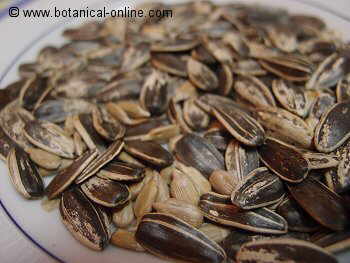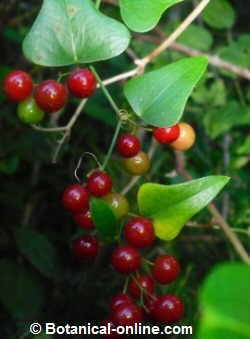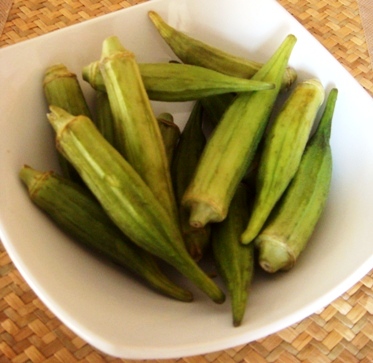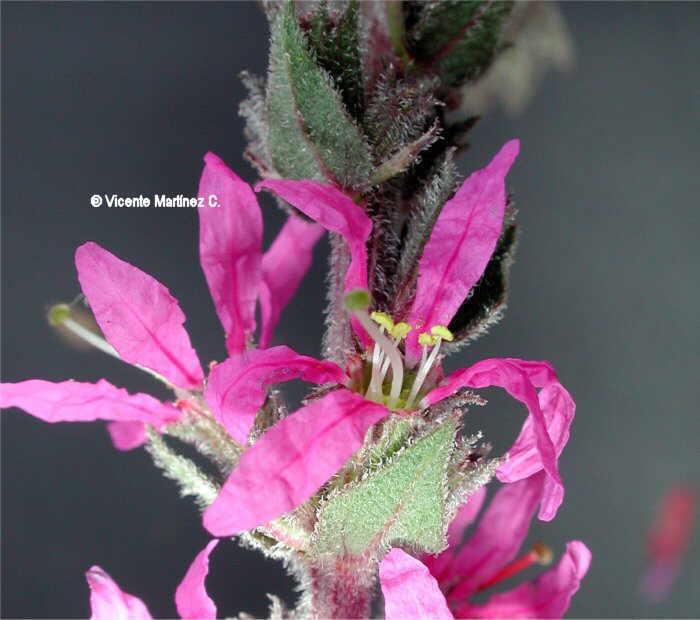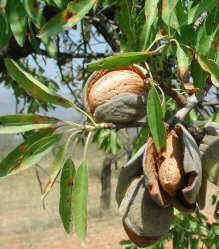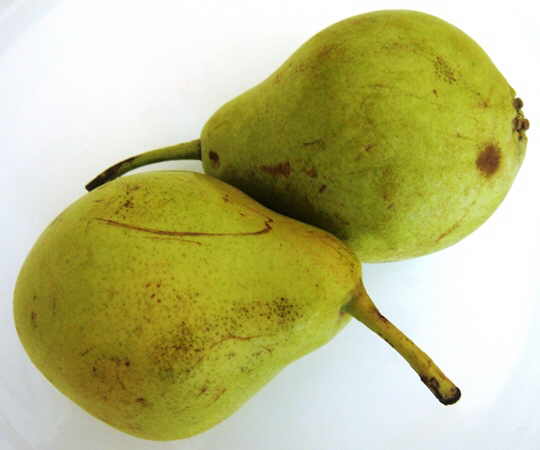Contents
- 1 Dangers of using many medicinal plants in infusion
- 2 DANGERS OF INFUSIONS
- 2.1 Is it bad to mix many medicinal herbs in infusions?
- 2.2 What are the dangers of mixing many herbs in the same infusion?
- 2.3 Mix ginger, rosemary, harpagophytum, lavender and hawthorn for pain in the same infusion
- 2.4 What is the recommendation regarding mixing herbs in infusions?
- 2.5 Using various plants is not always harmful
- 2.6 Known plant contraindications
- 2.7 Precautions when taking infusions
Dangers of using many medicinal plants in infusion
DANGERS OF INFUSIONS
Is it bad to mix many medicinal herbs in infusions?
It is true that it is recommended not to mix different medicinal plants in the same 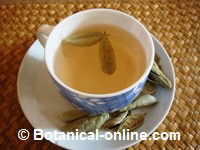 infusion. Many of them can interact with each other producing unexpected effects, such as the enhancement of their effect (synergy or synergistic effect) or the appearance of adverse effects.
infusion. Many of them can interact with each other producing unexpected effects, such as the enhancement of their effect (synergy or synergistic effect) or the appearance of adverse effects.
What are the dangers of mixing many herbs in the same infusion?
For example, most plants are powerful diuretics, which could cause excessive fluid elimination, with the consequent loss of electrolytes such as sodium and potassium, which can lead to hypotension, dizziness and dangerously low levels of these blood electrolytes. This is more dangerous if you work operating dangerous machinery or driving.
Other plants are for cardiovascular diseases. They greatly dilute the blood, and if their effect is enhanced, they can completely inhibit coagulation and increase the risk of bleeding.
Mix ginger, rosemary, harpagophytum, lavender and hawthorn for pain in the same infusion
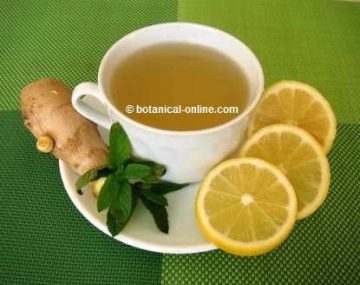
There are plants that are very rich in active ingredients, such as devil’s claw and ginger (potent anti-inflammatory), lavender and rosemary (very rich in essential oils) and hawthorn (with effects on the heart muscle).
In addition to the outstanding properties, a diuretic effect must be added to each of them, which increases urine production, the elimination of liquids and possible significant losses of potassium, which is a mineral necessary for the heartbeat.
What is the recommendation regarding mixing herbs in infusions?
After studying the effects of medicinal herbs, as a precaution, the recommendation is not to mix many plants in a single infusion. One or a couple would be enough.
There are no studies that study the interaction between all these plants, but there are others in which most of the plants used have been shown to be effective in small quantities, such as ginger, which invites us to reflect: is it necessary to take several plants, if one of them has already been shown to be effective?
It may be that increasing the mixture of plants is less safe for health, increasing the possibility of adverse effects. We recommend that few medicinal plants be used, or only those preparations made by experts in the field.
Using various plants is not always harmful
Nor can we affirm that it is harmful to mix different plants, since, for example, there are many traditional preparations in which different herbs are used and they are perfectly accepted. A clear example is curry (a mixture of turmeric, cilantro, cinnamon and other spices), the famous Chai tea from India, various blends or tea mixtures, or numerous infusions with different plants that are sold in the markets.
Therefore, we cannot affirm that it is harmful to mix all the plants, but as a precaution, we must recommend that you do not do so, since there are medicinal plants with very powerful components (alkaloids, certain essential oils, etc.).
Known plant contraindications
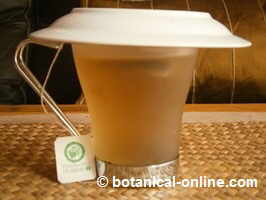
In other cases, the detrimental effect of plants is due to known contraindications between them and certain health effects.
For this reason, it is always recommended to consult the contraindications of these herbs:
- Contraindications of ginger
- Contraindications of rosemary
- Contraindications of lavender
- Common hawthorn contraindications
Precautions when taking infusions
- In general, it is not recommended to mix more than a couple of medicinal plants in the same infusion, as a precaution. If different plants are used, it is recommended that they be prescribed by a professional, knowledgeable in phytotherapy.
- We recommend that you have your blood pressure checked regularly to avoid hypotension, which can be a side effect of hawthorn and excessive diuresis produced by medicinal plants.
- If your job involves physical work, it is important not to go on an empty stomach, especially if you take infusions.
- To hydrate, use, in addition to liquids, foods that provide water and electrolytes: bananas, tangerines, oranges, apples, etc. Fruits contain, in addition to 90% of their water content, a lot of fiber, vitamins, potassium and antioxidants.
In case of doubt about your blood pressure, we recommend that you consult your doctor.
*More information:
– Benefits of rosemary and thyme infusion
– Benefits of rosemary and ginger infusion
– How to make rosemary infusion and properties
– Contraindications if you take anticoagulant medications
– Can essential oils be ingested?
![]() More information on properties of plants
More information on properties of plants

